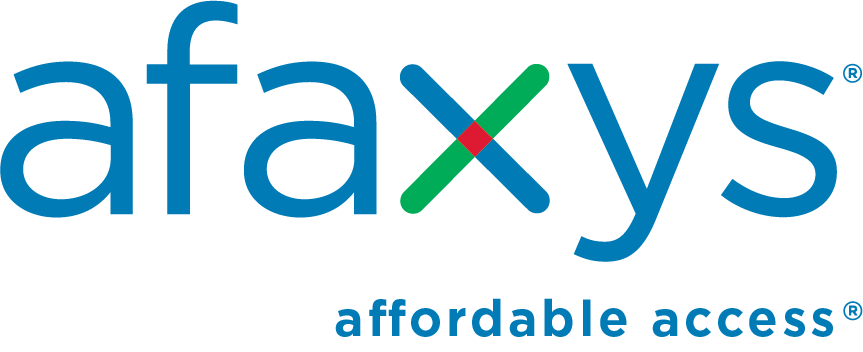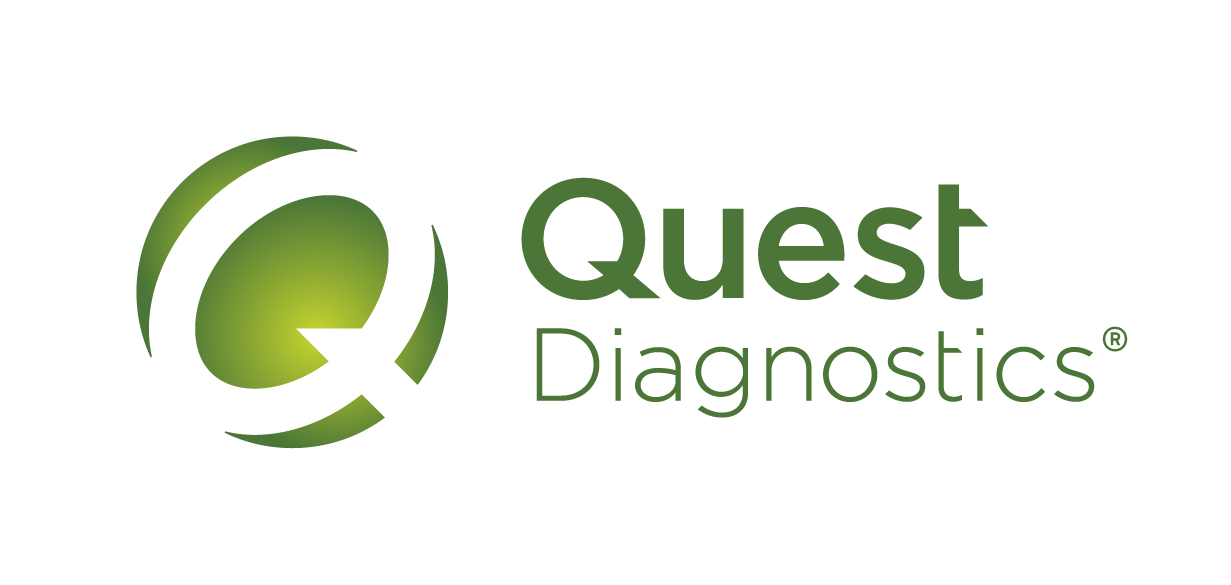It seems we can’t find what you’re looking for. Perhaps searching can help.
Proud to partner with:
















Looking for more information about how we can help you? Chat live with us or send us an email.
© 2024 Green Room Communications. All Rights Reserved.